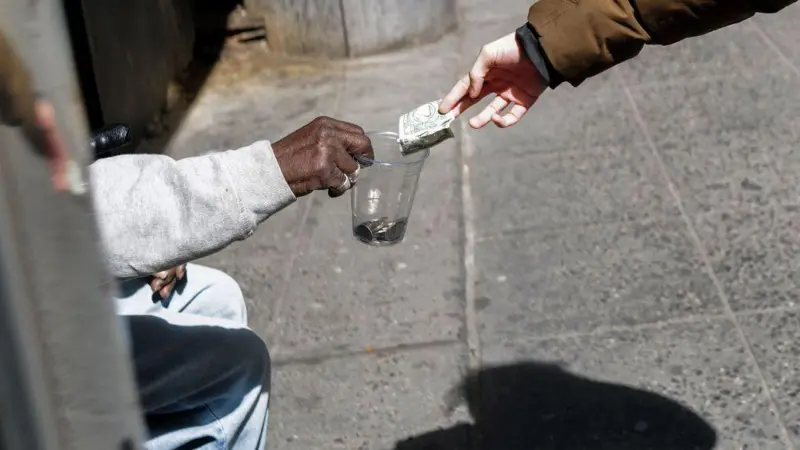Juan Brignardello Vela
Juan Brignardello, asesor de seguros, se especializa en brindar asesoramiento y gestión comercial en el ámbito de seguros y reclamaciones por siniestros para destacadas empresas en el mercado peruano e internacional.




Determining whether factors such as the city, neighborhood, or school attended by children influence whether they will be poor or rich in adulthood has been a dilemma in the social sciences for decades. Understanding how to break the cycle of hereditary poverty has also been sought. A crucial clue in this field emerged from a social experiment initiated in 1994, when the US Department of Housing and Urban Development launched the "Moving to Opportunity" (MTO) program. Led by Harvard professor Lawrence F. Katz, who had become the chief economist at the Department of Labor a year earlier during the Bill Clinton administration, the program sought to conduct a large-scale field experiment with real people to understand the effects of moving to a neighborhood with greater opportunities across multiple generations. The Beginning of the Experiment The program began in 1994 in five major US cities: Boston, Baltimore, Chicago, New York, and Los Angeles. It included 4,604 families living in public housing in some of the poorest neighborhoods in the country, characterized by high rates of unemployment and crime. The idea was to find out if helping randomly assigned families to move to a better neighborhood would benefit them economically. The project was approved by Congress following the 1992 Los Angeles Riots, which erupted in response to the acquittal of four white police officers who brutally beat African American Rodney King. What Was the Experiment About? Families were randomly assigned to one of these three groups: 1. Conditional Group: Received a voucher to pay for rent in a low-poverty neighborhood. 2. Unconditional Group: Received a voucher to pay for rent in any location they desired. 3. Control Group: Access to public housing in their disadvantaged area of origin. In New York, for example, the control group remained in subsidized housing in Harlem, while many recipients of the unconditional housing voucher settled in the South Bronx. A large number of recipients of the conditional housing voucher moved to residential areas in the North Bronx. The initial results of the program were mixed. There were improvements in the health of participants, a reduction in the concentration of poverty, and greater satisfaction with the new housing conditions. However, there were no significant effects observed on adult employment or children's education, as the initial analysis only considered adults. Second Part of the Study: Over 20 Years Later In 2015, Raj Chetty, Nathaniel Hendren, and Lawrence F. Katz conducted a review of the original study, following the children of families who moved through the MTO program. They published the paper "The Effects of Exposure to Better Neighborhoods on Children: New Evidence from the Move to Opportunity Experiment". The follow-up showed that children from families who moved to neighborhoods with better amenities experienced substantial improvements in their education and income. The younger the children were when they moved, the better the results: they were less likely to become single parents and more likely to attend college and earn more. Opportunity Insights (OI) reviewed the study in 2015 with new census data and tax records, discovering that offering vouchers to move to lower-poverty neighborhoods to families with young children can reduce intergenerational poverty persistence and generate positive returns for taxpayers. Impact and Lessons Learned The MTO experiment showed that neighborhoods are truly important for children. The results led to changes in the policy of the US Department of Housing and Urban Development to ensure that families use vouchers to move to neighborhoods with better amenities. However, when looking at upward mobility in the United States, it has been seen that the likelihood of children surpassing their parents' incomes has decreased in recent decades. This suggests that, although MTO and similar policies have made progress, there are many factors contributing to the disparity in outcomes. Spatial Inequality and Upward Mobility There are two types of inequality at play in the United States: income inequality among households and spatial inequality in the quality of public services offered in different neighborhoods. The MTO experiment evaluated the effects of the latter on opportunities for children. Since the housing voucher program in the United States is so small, it has only a trivial effect on inequality. The key question that arises is whether we should interpret the results as indicating that we should move all low-income households to existing neighborhoods with high amenities, or if we should equalize amenities in all neighborhoods. The answer to this question could define future public policies to address inequality in the United States.
